This remote archipelago is a haven for adventure seekers—often called the Hawaii of the mid-Atlantic. From world-class whale watching, sailing, and diving to thrilling hikes, canyoning, and surfing, it offers endless ways to explore. Whether you prefer horseback rides, cycling through scenic trails, or soaring above it all by paraglider, there’s something for every kind of explorer. The dramatic landscape—alive with bubbling mud pools, surreal caves, and vibrant crater lakes—tells the story of its fiery volcanic past.
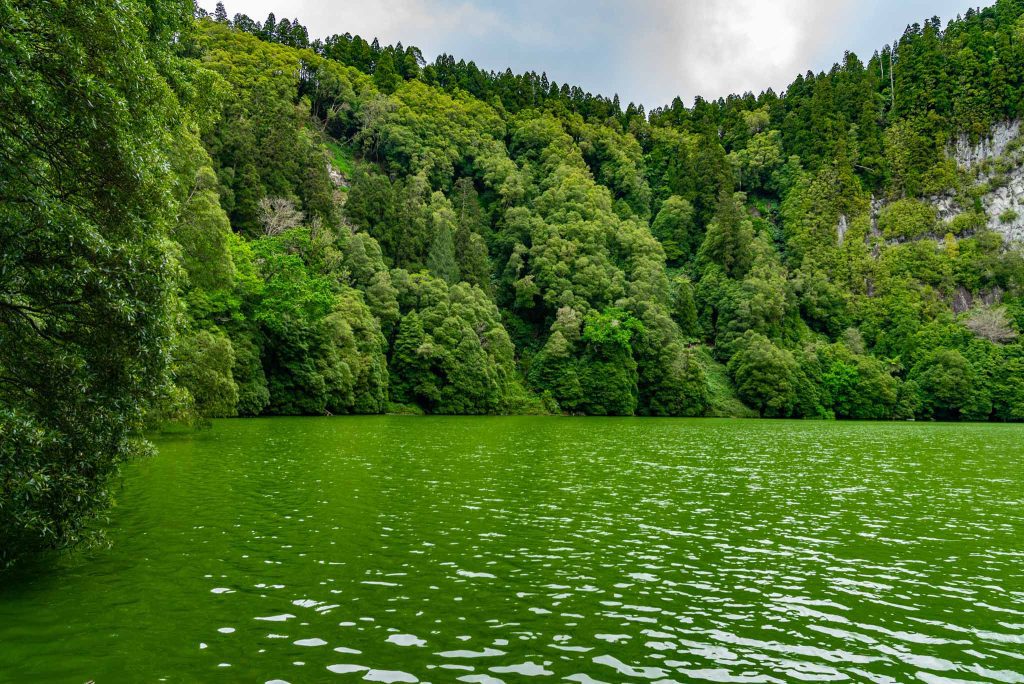
Tucked away about 5.5 km from Vila Franca do Campo on São Miguel, the largest of the Azores islands, this hidden lagoon is a true emerald gem. Encircled by dense, lush greenery, it offers a peaceful escape far from the crowds. To reach it, follow a well-marked 700-meter trail—an easy hike that leads to a stunning, secluded lake. The payoff? A mesmerizing view and a rare moment of total tranquility in nature.
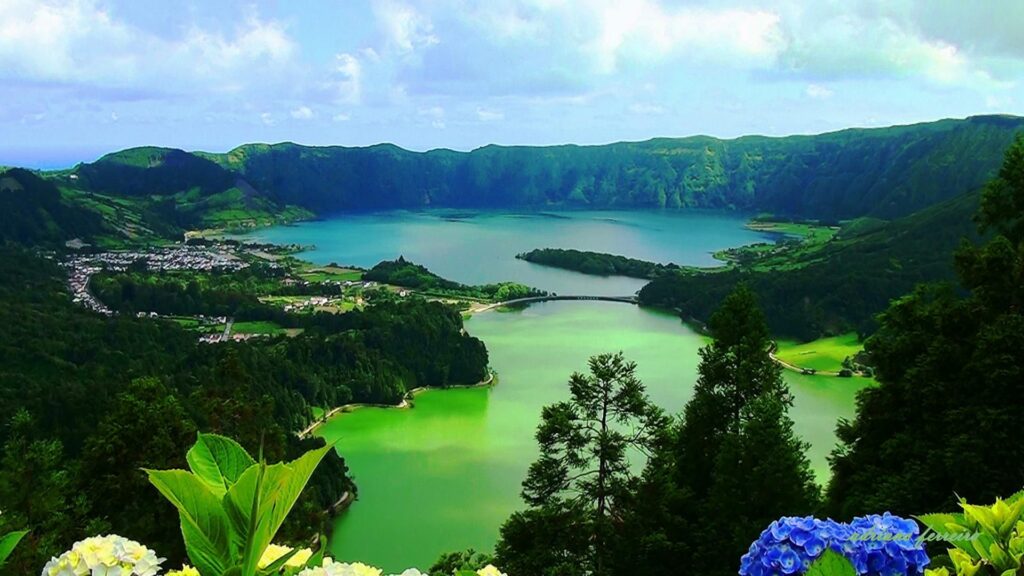
The Azores are scattered with jaw-dropping sights, but few can match the awe of your first look at the vast caldera of Sete Cidades on São Miguel Island. With its dazzling twin lakes—one blue, one green—this volcanic wonder stuns visitors into silence. Winding walking trails trace the hydrangea-lined rim and descend to the peaceful shoreline, offering views that feel straight out of a storybook.
Surrounded by steep, forest-cloaked cliffs, the entire landscape exudes a dreamy, mythical atmosphere. Local legend has it that the lakes were born from the sorrowful tears of a princess and a shepherd, torn apart by forbidden love. One thing’s for sure—you’ll be moved by the magic of it all.
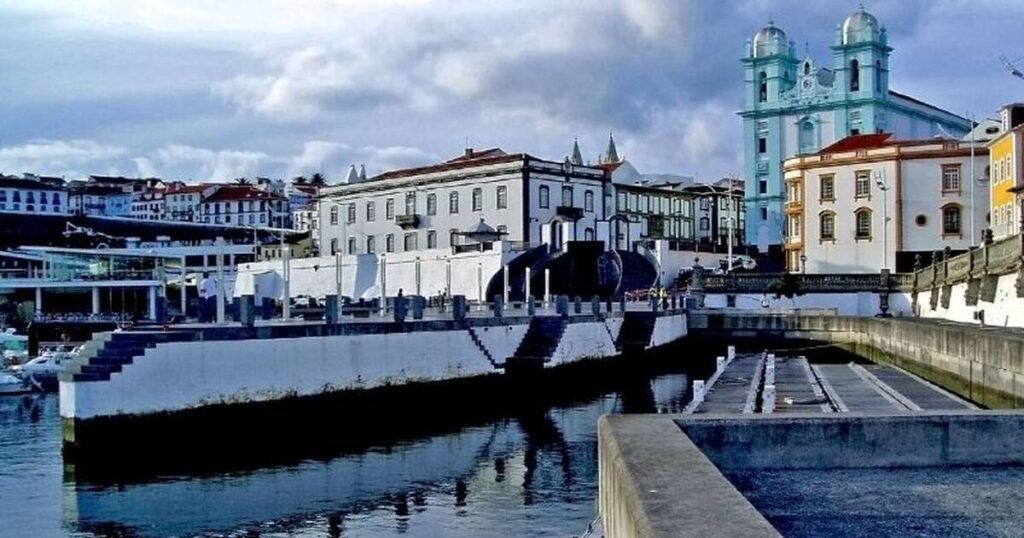
Designated a UNESCO World Heritage Site in 1983, the historic centre of Angra do Heroísmo on Terceira Island is a masterpiece of maritime heritage. Once a vital crossroads on transatlantic trade routes linking Europe, Africa, and the Americas, the city thrived during the Age of Discovery—leaving behind a trove of architectural treasures.
Wander through its cobbled streets and you’ll encounter 16th- and 17th-century maritime forts, alongside a wealth of Baroque cathedrals, convents, and stately churches that speak to its golden era.
Beneath the waves lies another chapter of Angra’s past: an underwater archaeological park where divers can uncover a ‘cemetery of anchors’—remnants of ships lost to history, resting silently in the bay.
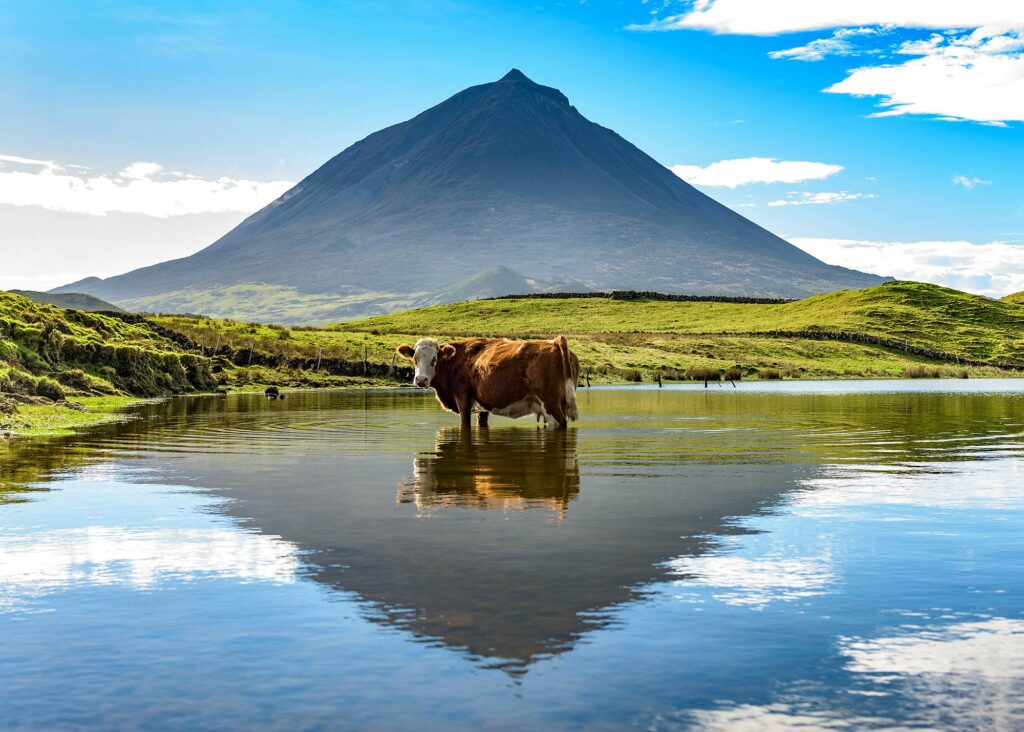
Rising dramatically from the Atlantic to 2,351 meters, Mt Pico is Portugal’s tallest peak and the crown jewel of the Azores. With its near-perfect volcanic cone, this majestic stratovolcano isn’t just a scenic icon—it offers the ultimate challenge for hikers seeking unforgettable views and raw natural beauty.
The journey begins at Cabeço das Cabras, where climbers must register at the visitor centre before setting off. The well-marked trail winds steadily upward to the crater, with a final steep push to the summit revealing breathtaking panoramas of the surrounding islands.
The climb typically takes between two to four hours, depending on your pace and experience. While solo ascents are allowed, a local guide can enhance the experience—especially if you aim to reach the top in time for a magical sunrise.
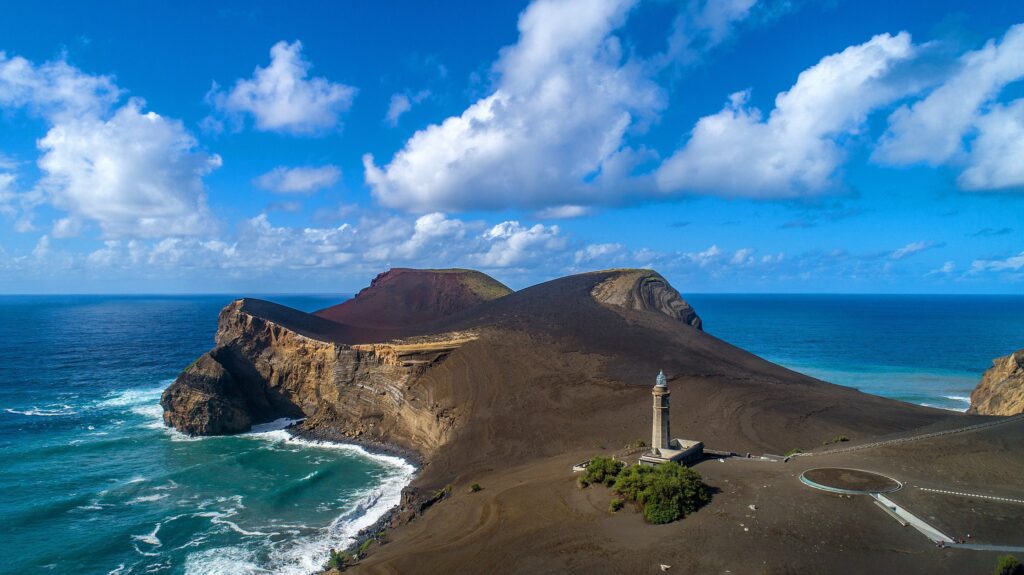
In 1957, a dramatic underwater eruption off the coast of Faial Island gave rise to the Capelinhos Volcano, offering scientists a rare chance to witness a volcanic birth in real time. The eruption lasted 13 months and reshaped the island’s geography, while prompting a wave of emigration to America.
Today, the Capelinhos Volcano Interpretation Centre brings this powerful chapter of Azorean history to life. Designed by architect Nuno Ribeiro Lopes, the centre is built into the base of the old lighthouse—now a haunting relic overlooking the stark, lunar-like landscape left behind.
Inside, immersive exhibits and detailed displays explore not only the Capelinhos eruption, but also the wider tectonic forces that continue to sculpt the Azores. It’s a compelling stop for anyone fascinated by geology, resilience, and the raw power of nature.
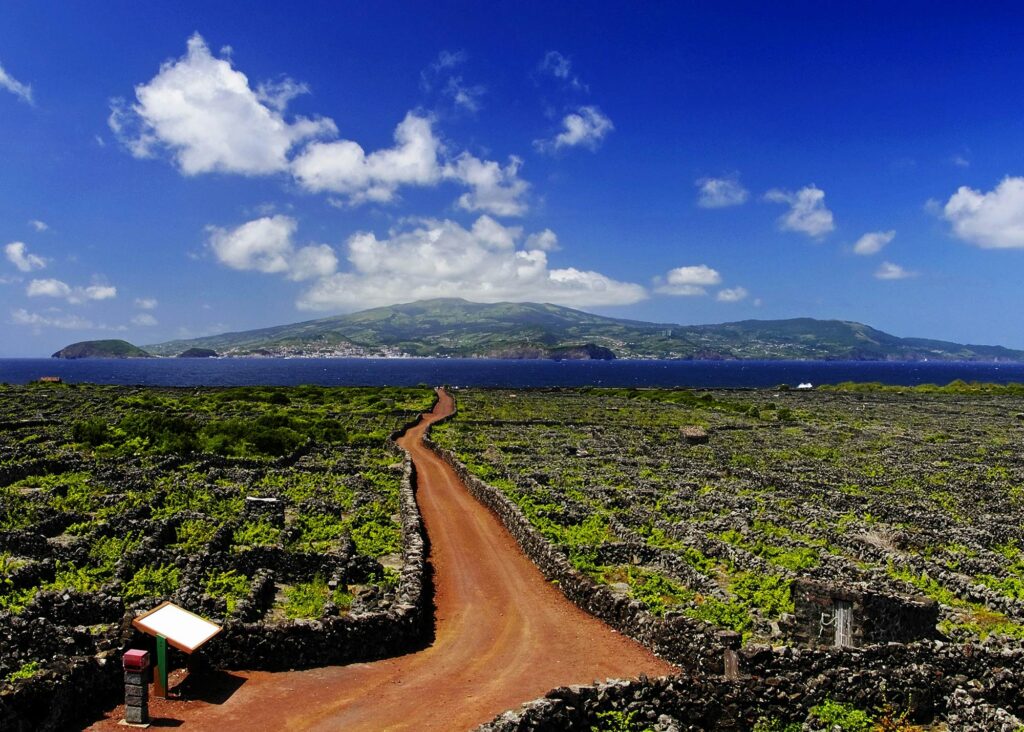
Pico Island has been cultivating wine since the 15th century, but its vineyards are unlike any others in the world. Instead of orderly rows in open fields, vines grow in small plots called currais, enclosed by low, dry stone walls built from black basalt. These walls shelter the plants from harsh Atlantic winds while allowing the sun to ripen the grapes.
Stretching across over 2,000 acres on the island’s western coast, this vast checkerboard of lava-rock enclosures forms the Criação Velha landscape—recognized as a UNESCO World Heritage Site since 2004.
To explore the story behind this remarkable viniculture tradition, visit the Pico Island Vineyard Culture Interpretation Centre in Lajido Santa Luzia. It offers a fascinating glimpse into how islanders turned volcanic rock into world-renowned wine.
WhatsApp us